The Philippines may be famous for its postcard-perfect beaches and world-renowned diving destinations, but beyond the crowded waters of Boracay and the well-trodden paths to Palawan lie underwater treasures that most travelers never discover. These are the diving spots whispered about in hushed tones among Filipino dive guides, shared only with the most persistent adventurers who dare to venture beyond the guidebook recommendations.
From hidden caverns where whale sharks glide silently through crystal waters to forgotten reefs where soft corals bloom in impossible colors, these secret sanctuaries represent the Philippines at its most pristine and untouched. What makes these locations truly special isn’t just their stunning beauty or abundant marine life, but the sense of discovery that comes with being among the first to witness their wonders.
Here is a list of 20 incredible diving spots that locals prefer to keep to themselves.
Secret Bay, Anilao
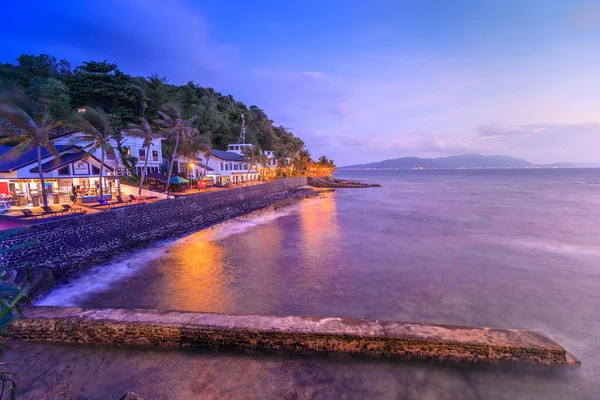
This world-class muck diving site lives up to its name by remaining surprisingly under the radar despite hosting some of the Philippines’ most extraordinary underwater creatures. The sandy bottom here teems with rare macro life, including mimic octopus, wonderpus, and hairy frogfish that seem to materialize from nowhere.
Local dive guides treat this spot like their personal aquarium, knowing exactly where to find the elusive creatures that make underwater photographers weep with joy.
Sogod Bay, Southern Leyte

While whale shark tourism has exploded in other parts of the Philippines, Sogod Bay offers encounters with these gentle giants in their natural habitat without the circus atmosphere. The bay’s 20-plus dive sites remain largely uncrowded, featuring pristine reefs where whale sharks, manta rays, and dolphins appear as if summoned by the bay’s perfect conditions.
Marine conservation efforts here ensure that every dive feels like stepping into an untouched underwater wilderness.
Like Travel Pug’s content? Follow us on MSN.
Napantao Fish Sanctuary, Leyte
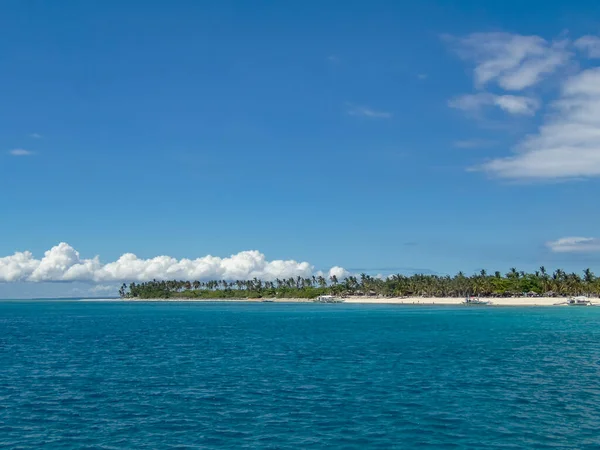
Strong currents keep casual divers away from this pristine sanctuary, making it a paradise for advanced divers seeking unspoiled marine encounters. Massive schools of barracuda swirl through the water like silver tornadoes while green turtles glide past towering Gorgonian fans.
The sanctuary’s remote location means you’ll often have these spectacular coral formations entirely to yourself.
Blue Cave, Romblon
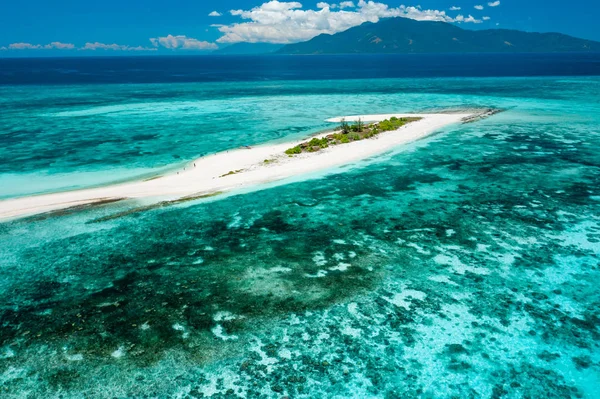
This underwater tunnel system remains one of the Philippines’ best-kept diving secrets, with an entrance visible from the surface at just 7 meters down. The 30-meter tunnel requires advanced skills to navigate safely, but rewards brave divers with an otherworldly experience swimming through living coral corridors.
Most tourists never make it to this remote corner of Romblon, leaving the site virtually untouched.
Jigdup Reef, Camiguin
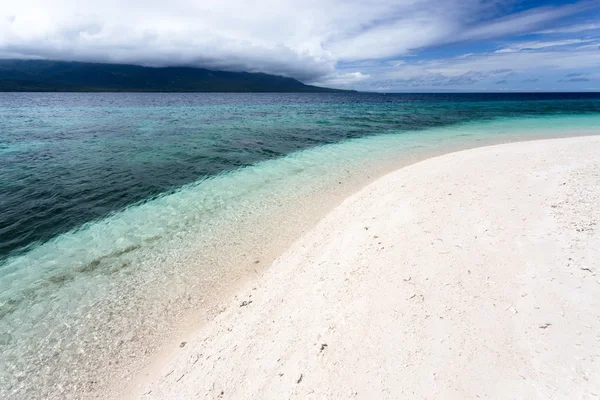
Local divers consider this sloping reef the crown jewel of Camiguin’s underwater landscape, though few visitors ever hear about it. The site features a stunning diversity of hard and soft corals where triggerfish patrol their territories and lionfish drift along the current like underwater ballet dancers.
Occasional manta ray sightings make this one of those spots where dive guides quietly hope their groups will be ready for anything.
Like Travel Pug’s content? Follow us on MSN.
Panaon Island, Leyte
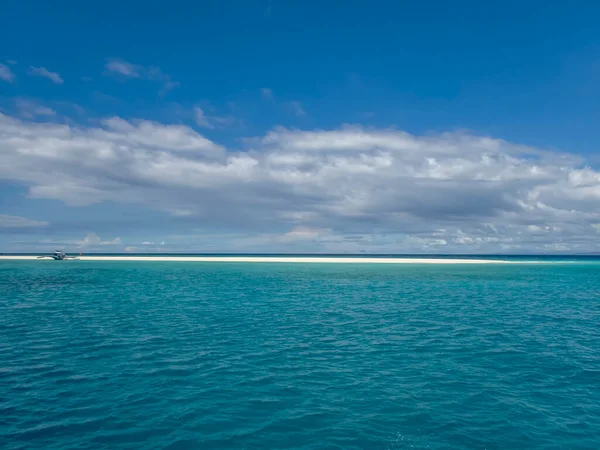
This southern tip of Leyte offers some of the most reliable whale shark encounters in the Philippines, yet somehow remains off most diving itineraries. The waters around Panaon provide perfect conditions for these massive filter feeders, while the surrounding reefs burst with tropical fish species.
Local fishermen here have developed a respectful relationship with the whale sharks, creating magical encounters without the feeding controversies found elsewhere.
Ticao Pass Manta Bowl
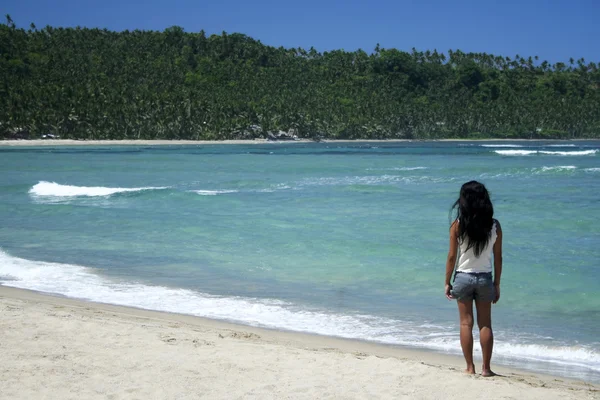
Situated between Ticao Island and Sorsogon’s coast, this cleaning station attracts manta rays year-round in numbers that would make other destinations jealous. The marine protected area serves as a highway rest stop for these graceful giants, who come here to get cleaned by smaller fish.
Despite being one of the Philippines’ most reliable manta ray sites, it remains virtually unknown to international diving circuits.
Elephant Island, Marinduque
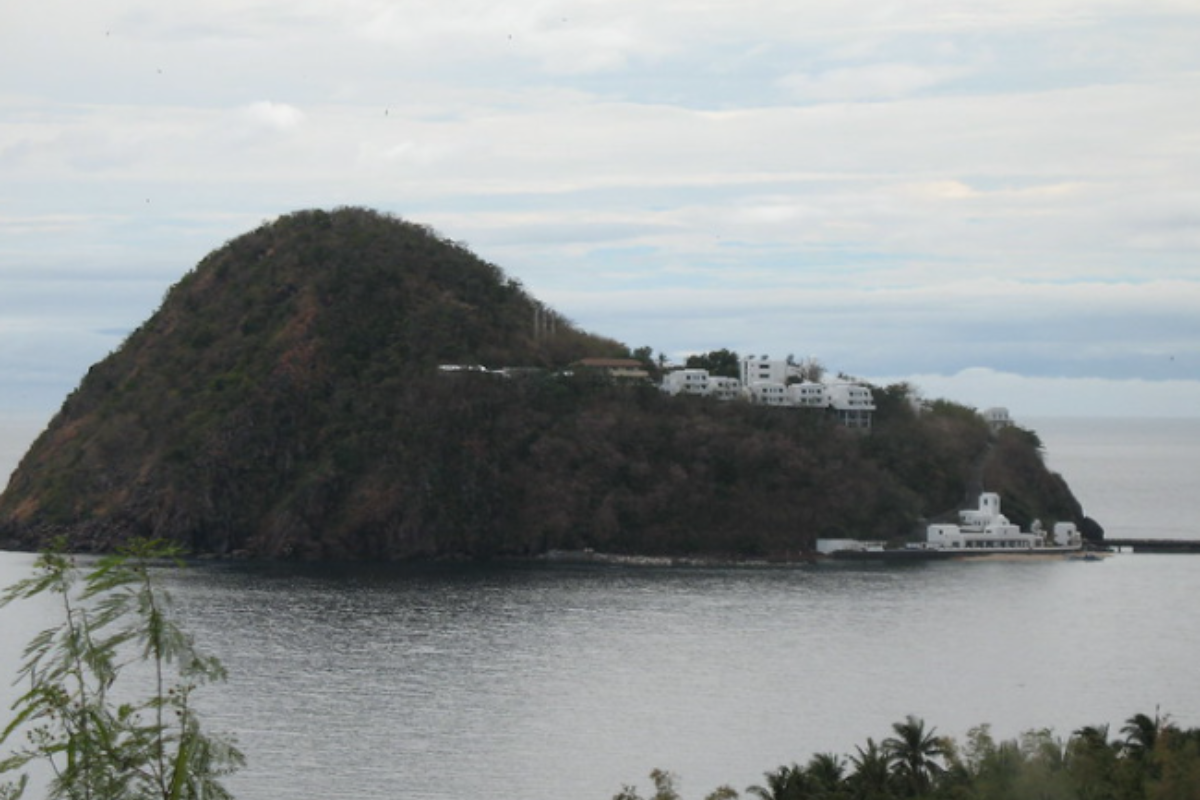
This appropriately named island near the Verde Island Passage hosts vibrant coral gardens that showcase the region’s incredible biodiversity. The underwater topography creates perfect conditions for both macrophotography and wide-angle shots, with groupers and barracuda sharing space with nudibranchs and seahorses.
Being so close to the world’s center of marine biodiversity means every dive here reveals something unexpected.
Like Travel Pug’s content? Follow us on MSN.
Banton Island, Romblon

Remote location and lack of dive infrastructure keep Banton Island’s pristine reefs in near-perfect condition, accessible only to the most determined divers. The island’s Dos Hermanas dive sites offer untouched coral formations where fish populations remain at natural levels.
You’ll need to bring your gear to dive here, but the reward is experiencing reefs as they existed before tourism discovered them.
Sunken Cemetery, Camiguin
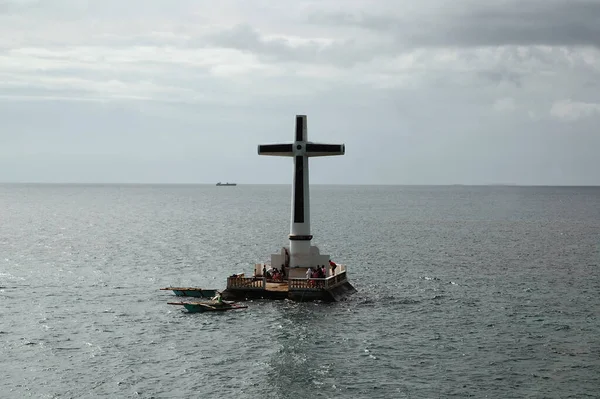
This eerie underwater cemetery created by volcanic activity offers one of the Philippines’ most unique diving experiences. The submerged crosses marking burial sites create an otherworldly atmosphere where marine life has claimed the monuments as artificial reefs.
Local divers appreciate the site’s historical significance as much as its unusual beauty, making it feel more like an underwater museum than a typical dive site.
Bitaug Beach, Dinagat Islands
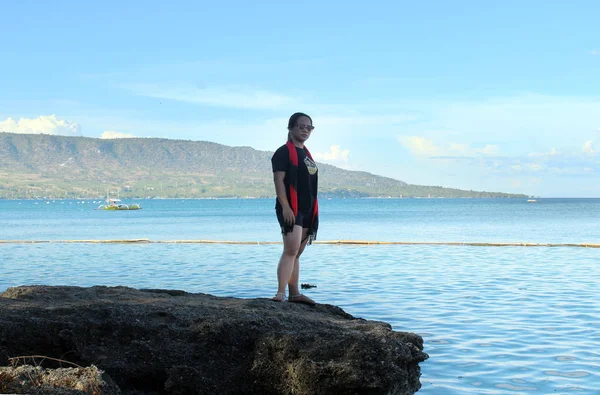
The waters off this hidden gem in the Caraga region remain virtually undived despite hosting spectacular coral formations and diverse marine life. Dinagat’s isolation means its reefs exist in pristine condition, with fish populations that seem almost prehistoric in their abundance.
Getting here requires serious planning, but it rewards divers with the feeling of discovering an entirely new underwater world.
Like Travel Pug’s content? Follow us on MSN.
Biri Island, Samar
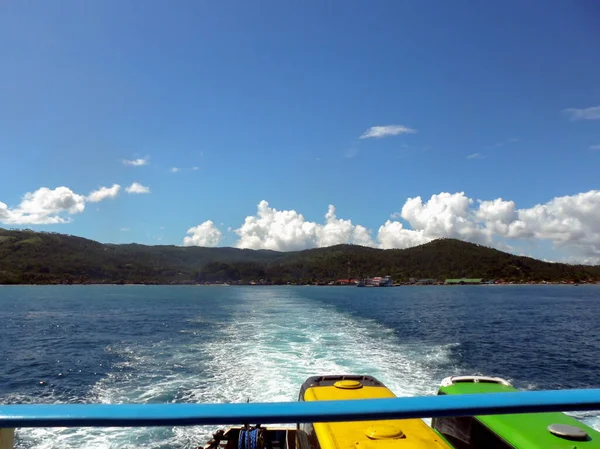
The dramatic rock formations that make Biri famous above water extend beneath the surface, creating caverns and swim-throughs that few divers ever explore. Strong currents and remote location keep this northern Samar destination firmly in local hands, where dive guides know every hidden corner of the underwater landscape.
The combination of unique topography and thriving marine life makes every dive here feel like an expedition.
Limasawa Island, Leyte
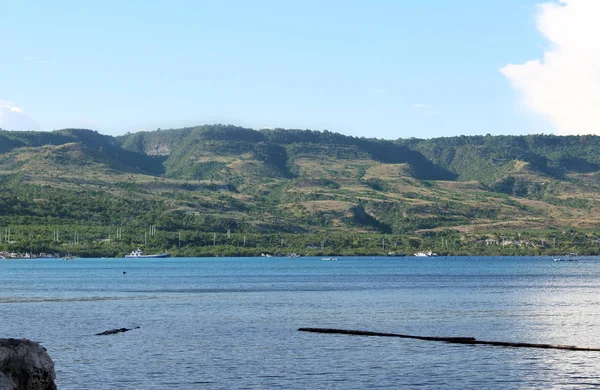
Perfect for beginner and intermediate divers, this historical island offers gentle sites where Philippine diving began in a more innocent era. The coral gardens here showcase the classic beauty of Filipino reefs without the degradation found at more popular destinations.
Local dive operators treat the island’s waters like a sacred trust, ensuring that visiting divers experience the Philippines as it was meant to be seen.
Cuatro Islas, Leyte
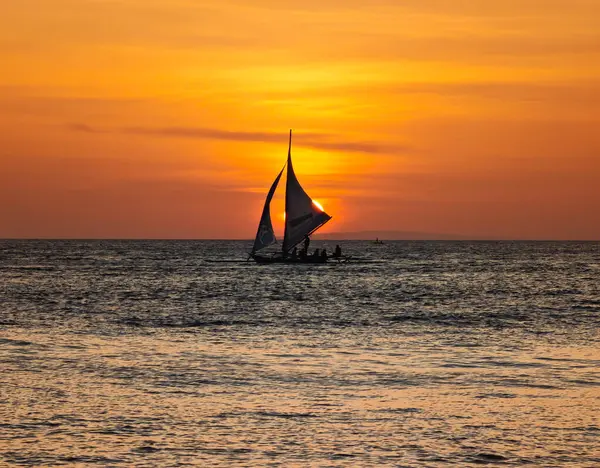
These four interconnected islets create a diving playground where each location offers completely different underwater personalities. From the fishing villages of Apid to the white sand gardens of Digyo, every island in this group provides unique diving experiences.
The fact that most visitors focus on surface activities means the underwater attractions remain surprisingly undiscovered.
Like Travel Pug’s content? Follow us on MSN.
Samal Island, Davao

While tourists flock to Samal’s beaches, local divers know the real treasures lie beneath the surface in pristine reefs surrounding the island. The waters here offer perfect conditions for all skill levels, with visibility that showcases the incredible biodiversity of Mindanao’s coastal waters.
Being part of Davao Gulf means these sites benefit from excellent marine conservation while remaining delightfully uncrowded.
Sibuyan Island, Romblon
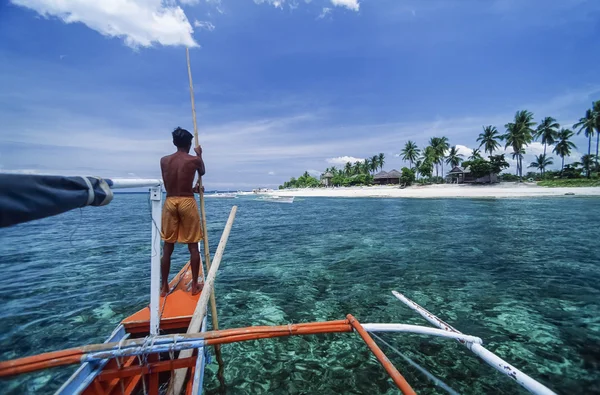
The last frontier of Philippine diving, Sibuyan’s underwater landscapes mirror the island’s reputation as one of the country’s most biodiverse terrestrial environments. Coral formations here grow in configurations rarely seen elsewhere, while fish populations maintain the natural balance that existed before heavy diving pressure.
The island’s remoteness ensures that only the most dedicated underwater explorers ever reach these pristine reefs.
Coral Garden, Camiguin
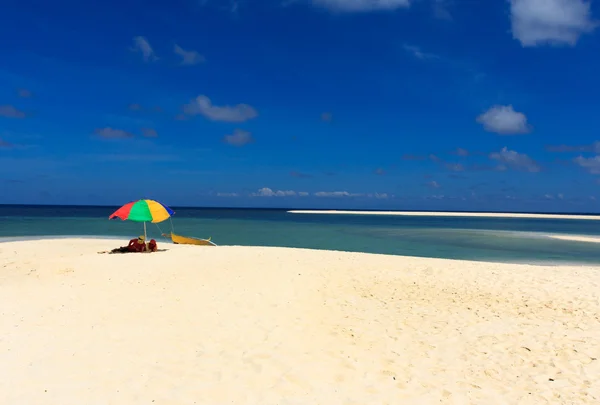
This aptly named site showcases some of the Philippines’ healthiest coral formations at depths perfect for photographers and newer divers alike. The garden’s 20-meter maximum depth allows for long, leisurely dives where every square meter reveals discoveries.
Local guides fiercely protect this site, sharing it only with divers who demonstrate genuine appreciation for its delicate beauty.
Like Travel Pug’s content? Follow us on MSN.
Torrijos Underwater Museum, Marinduque
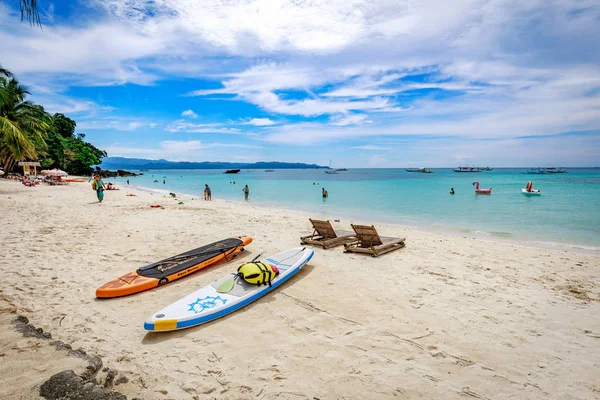
Home to a giant sunken morion statue and other underwater art installations, this site combines cultural heritage with marine conservation in ways that few diving destinations attempt. The artificial reef has attracted groupers and barracudas that use the statues as territorial markers and cleaning stations.
It’s the kind of innovative diving experience that locals hope will inspire more creative approaches to marine tourism.
Tangkaan Point, Leyte

This current-swept point attracts pelagic species that rarely venture close to shore, making it a thrilling drift dive for experienced underwater adventurers. Schools of jacks and travelly create silver walls in the blue water while reef sharks patrol the deeper sections.
The site’s challenging conditions mean it remains the exclusive domain of serious divers who appreciate its wild, untamed character.
Kinatarcan Island, Cebu
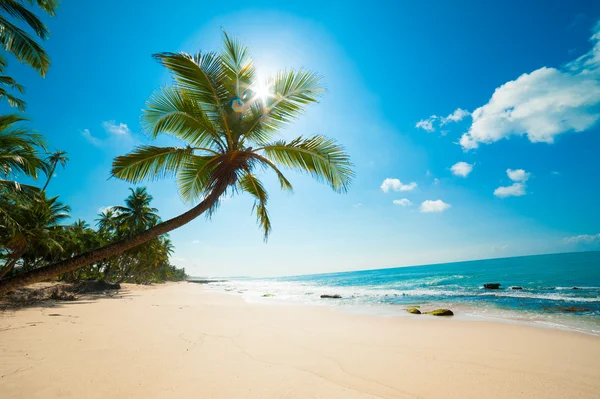
This solar-powered eco-resort destination offers diving experiences that combine marine conservation with sustainable tourism in ways that locals hope will become the future standard. The island’s protected reefs showcase what Philippine diving can become when communities commit to long-term ocean health.
Clam caves and pristine lagoons create diverse underwater environments that feel both familiar and completely revolutionary.
Like Travel Pug’s content? Follow us on MSN.
Where Ancient Seas Meet Modern Secrets
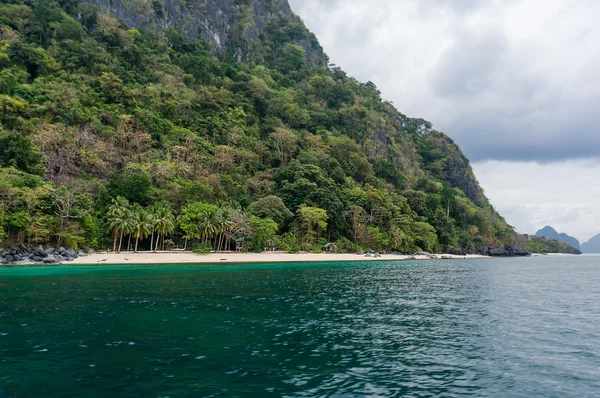
These hidden diving treasures represent more than just pristine reefs and abundant marine life — they embody the Philippines’ transition from mass tourism toward more thoughtful, sustainable underwater exploration. Local dive communities have watched too many once-pristine sites succumb to overtourism and coral damage, leading them to guard their remaining secrets with protective instincts born from hard experience.
As the diving world grows increasingly crowded and social media turns every hidden paradise into tomorrow’s tourist destination, these secret sanctuaries offer hope that the Philippines’ underwater heritage can be preserved for future generations. The choice now lies with each diver who discovers these locations: will they follow the local example of quiet protection, or will they become part of the problem that threatens to transform these secrets into just another crowded diving destination?
More from Travel Pug

- 20 Best Beach Towns in the Carolinas
- 13 Destinations Where Tourists Regularly Regret Their Trip
- 20 Things You Actually Get in First Class
- 20 Small Airports With Aviation Museums
- 20 Places in the U.S. That Are Perfect for a Reset Trip
Like Travel Pug’s content? Follow us on MSN.
